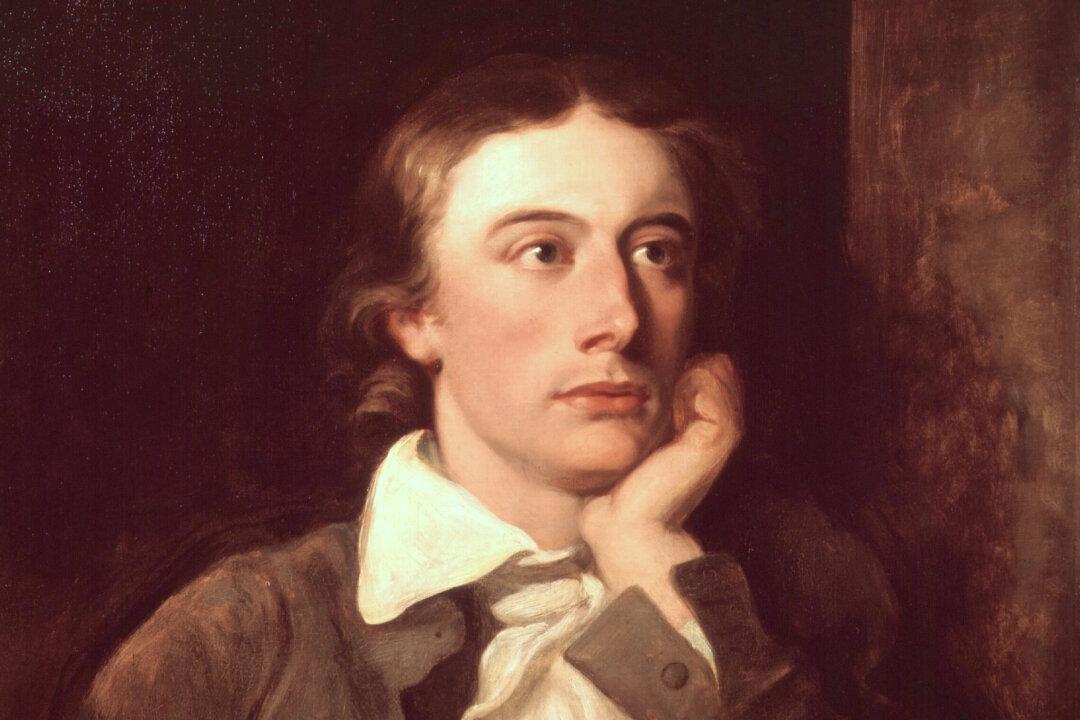My grandfather was a carpenter, and I don’t think he ever developed much of a sense of trust in machines. I remember him laboring away at our home one summer, transforming our screened-in porch into a dining room. He could drive a nail through a 2x4 with a single blow, a skill I still haven’t mastered. He simply loved making things, and he was good at it. But he referred to the family car simply as “the machine,” and he regarded what lay under its hood with suspicion. He believed that such machines enabled us to travel too far too fast, preventing us from getting to know our own backyards. He feared that the machine age was depriving us of the joy of craftsmanship.
Though he never knew it, I think my grandfather’s attitude toward machines closely paralleled that of Lord of the Rings and Hobbit author JRR Tolkien. Tolkien’s views on the matter are apparent throughout his work, and before the final installment of the Hobbit trilogy fades from cinemas, the time is ripe to revisit Tolkien’s critique. No one is suggesting that we should toss our machines onto the scrap heap of history, but the devices my grandfather and Tolkien decried are now so integral to the world we inhabit that we may have difficulty seeing them, let alone assessing their impact on our lives.
Tolkien’s Dark Side of Machines
To Tolkien, the machine is something far more menacing than a mere mechanical device. Fundamentally, it represents the lust for power – in particular, for power over others. The evil lord Sauron wants the one ring more than anything and is willing to stop at nothing to get it precisely because it will enable him to exert absolute control. The ring is machine par excellence, the device that will enable its possessor to establish absolute tyranny over every other living creature. It is not a means of liberation but a tool of coercion, domination, and enslavement. As the British historian Lord Acton would have warned, the power of the ring not only corrupts but corrupts absolutely.







